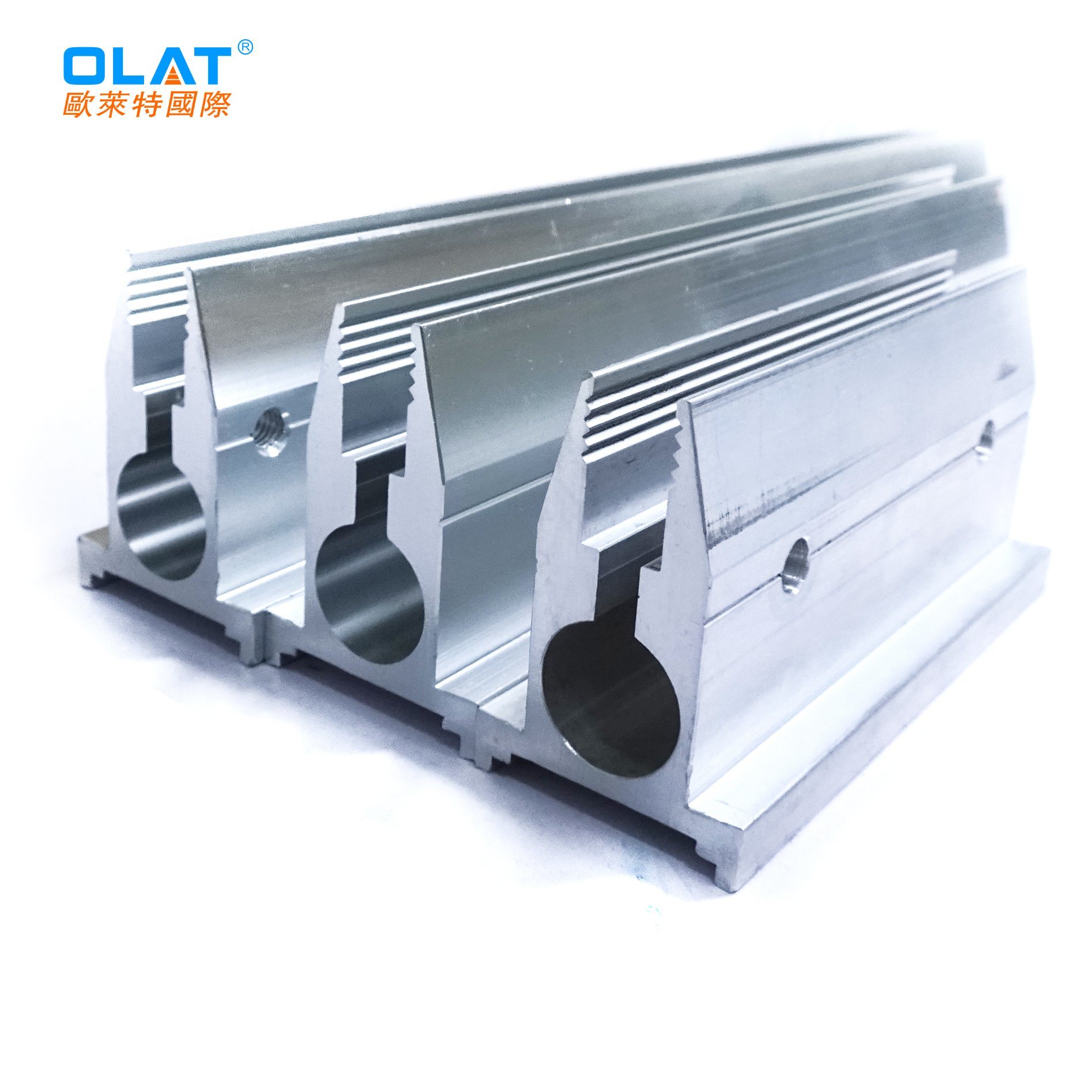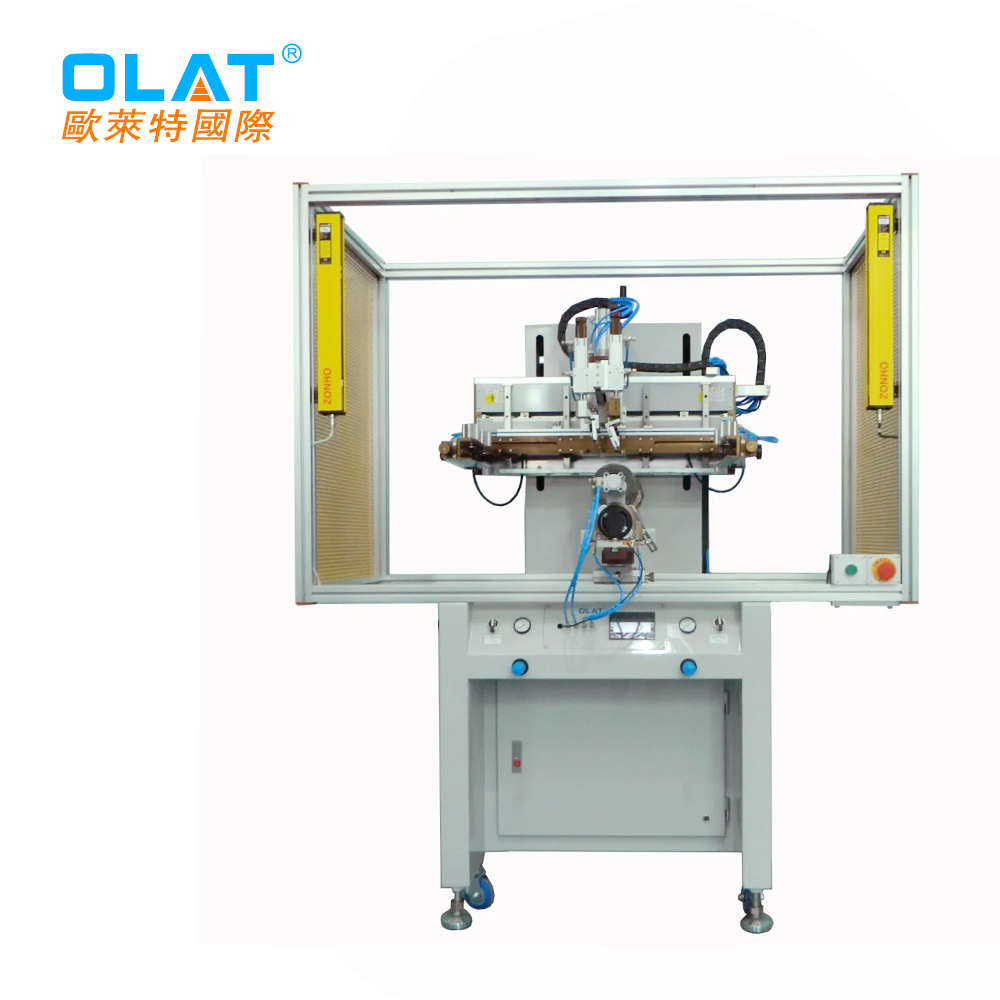Introduction to screen printing process
Screen printing, full name screen printing, screen printing refers to the screen as the plate base, and through the photographic printing method, made into the screen printing with text.
Screen printing is the silk fabric, synthetic fiber fabric or wire mesh stretched on the mesh frame, using manual carved lacquer film or photochemical plate making method to make the screen printing plate.

Modern screen printing technology, is the use of photosensitive materials through the method of photographic plate screen printing (make the screen printing part of the mesh for the hole, rather than the graphic part of the mesh is blocked), printing by scraper extrusion, make the ink through the graphic part of the mesh transferred to the bearing, form the same as the original text.
Screening plate process
1 Direct plate making methodProcess :stretch net—— degrease —— drying —— stripping sheet base —— exposure —— development —— drying —— repair —— sealing net
2 Indirect plate making method
1)stretch net—— degrease —— drying2)Indirect film —— exposure —— hardening —— develop

3)Straight mixing plate-making method
First, the photosensitive adhesive layer with water, alcohol or photosensitive adhesive adhesive on the screen frame, after the hot air drying, remove the base of the photosensitive film, and then sun the version, the development treatment is made into the screen version.
03 Advantages and disadvantages of the screen printing process
01 advantage·Large batch
·cheapness
·bright in colourPreservation period is long
·Express delivery
02 Disadvantages
·The color is single
·Small batches are very expensive instead
·radian restrict
·The amount of ink cannot be controlled
Process anomaly and analysis
1、The pattern is not clearReasons: improper selection of ink or there are quality problems in ink itself; ink rushing too fast makes print lines or unclear lines, incomplete lines or broken lines; too high ink viscosity during printing; blocked plates during printing affects normal ink ink; insufficient or uneven scraper pressure during printing; uneven surface of bearing.
Solution: replace the suitable ink; use slower dry solvent to mix ink; dilute the ink or add contacts to reduce the viscosity; correctly choose the slow dry solvent dilution ink, and pay attention to the printing plate ink performance; increase the scraper, and pay attention to the uniformity of scraping; treat the bearing surface (such as printing rough substrate can be based with light oil or other materials before printing).
2、There is obvious meshReason: the ink is too fast drying; the ink viscosity is too high, the liquidity is not enough; the mesh used is too thick.
Solution: use slower drying solvent to mix ink; dilute ink or add catalyst to reduce viscosity, improve ink liquidity; use a high number of mesh yarn.
3.The ink is dryReason: improper solvent selection, corrosion of the substrate (especially when printing soft PVC or coated nylon cloth is easily produced); the solvent is too slow to dry or insufficient drying time.
Solution: select the solvent corresponding to the substrate; choose the faster drying solvent or prolong the drying time.
4、Poor ink adhesionReasons: choose ink and substrate; substrate surface is unclean, oil or surface treatment agent (such as preservatives / film agent); some special materials, due to low surface tension will also affect the adhesion of ink; insufficient drying time, ink is not fully cured; too much additives or improper additives; too much additives or improper ink.
Solution: correctly select the oil ink suitable for the substrate; treat the substrate surface or replace the substrate; prolong the drying time, make the ink can completely solidify, especially for some chronic crosslinking reaction ink (such as PET, PP, PE, etc., must need long curing before good adhesion; correctly add the relevant additives, excessive defoaming agent will affect the adhesion.
05 Screen printing process applicationScreen printing-the most commonly used surface treatment method in industrial design, using a wide range of printing processes, almost everywhere can see its application.For example, the letters on the keyboard, the text on the display, the patterns on the T-shirts, the pictures and pictures on the container, and so on, are all printed by the screen.


